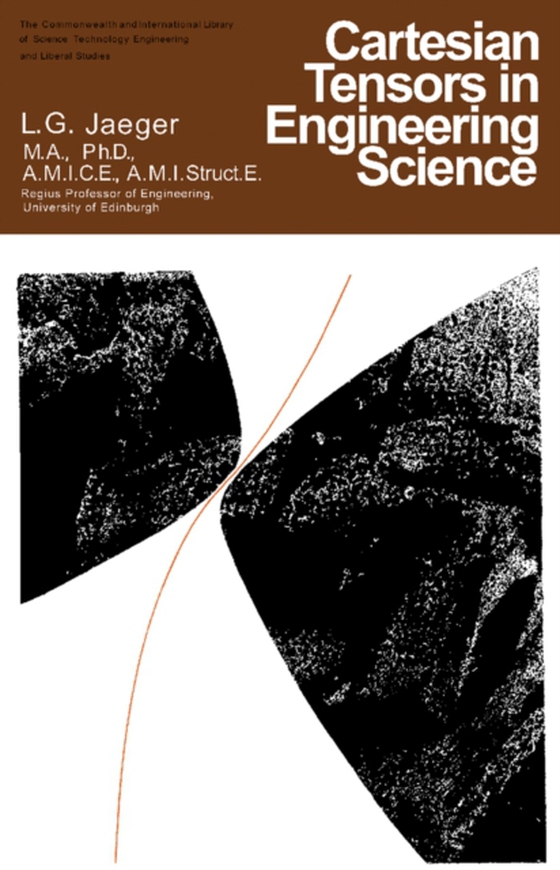
Cartesian Tensors in Engineering Science e-bog
223,05 DKK
(inkl. moms 278,81 DKK)
Cartesian Tensors in Engineering Science provides a comprehensive discussion of Cartesian tensors. The engineer, when working in three dimensions, often comes across quantities which have nine components. Variation of the components in a given plane may be shown graphically by a familiar construction called Mohr's circle. For such quantities it is always possible to find three mutually perpendi...
E-bog
223,05 DKK
Forlag
Pergamon
Udgivet
6 juni 2016
Længde
124 sider
Genrer
Engineering: general
Sprog
English
Format
pdf
Beskyttelse
LCP
ISBN
9781483138725
Cartesian Tensors in Engineering Science provides a comprehensive discussion of Cartesian tensors. The engineer, when working in three dimensions, often comes across quantities which have nine components. Variation of the components in a given plane may be shown graphically by a familiar construction called Mohr's circle. For such quantities it is always possible to find three mutually perpendicular axes, called principal axes, with respect to which the six "e;"e;paired up"e;"e; components are all zero. Such quantities are called symmetric tensors of the second order. The student may at this stage be struck by the fact that the physical quantities with which he normally deals have either one component, three components or nine components, being respectively scalars, vectors, and what have just been called second order tensors. The family of quantities having 1, 3, 9, 27, ... components does exist. It is the tensor family in three dimensions. The book discusses the "e;"e;tests"e;"e; a given quantity must pass in order to qualify as a member of the family. The products of tensors, elasticity, and second moment of area and moment of inertia are also covered. Although written primarily for engineers, it is hoped that students of various branches of physical science may find this book useful.
 Dansk
Dansk

